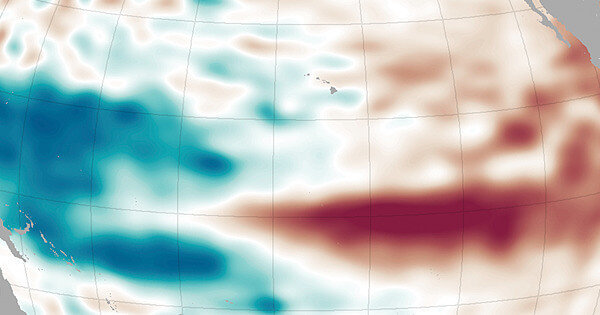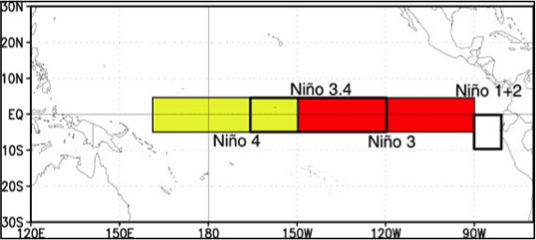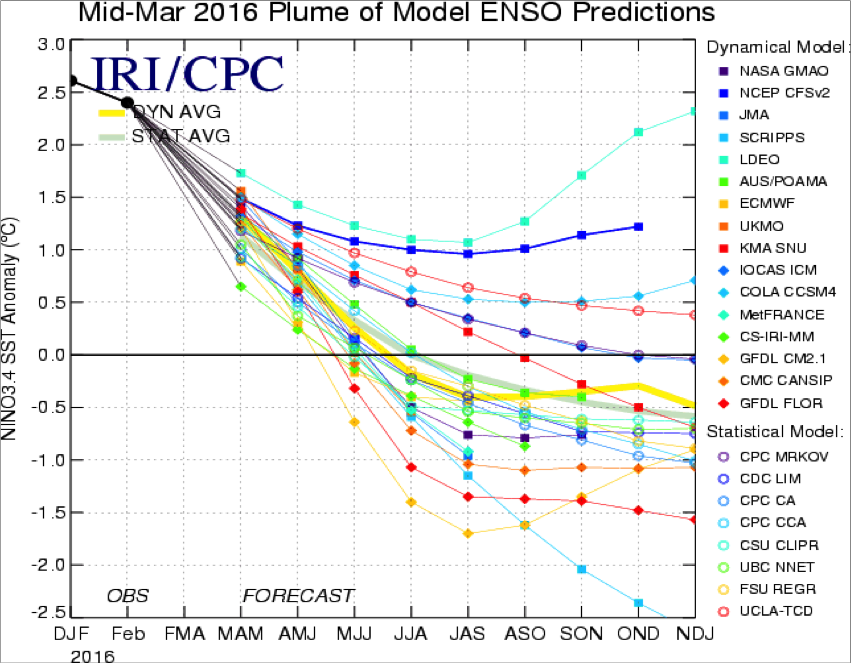OF THE
TIMES
I've had enough of someone else's propaganda. I'm for truth, no matter who tells it. I'm for justice, no matter who it's for or against. I'm a human being first and foremost, and as such I am for whoever and whatever benefits humanity as a whole.
1. That’s obvious. 2. That’s simple you delude yourself. Either that or you think you can delude others. 3. I’ve read your reviews, hence the...
Opposition politicians and activists have criticized the event, calling it a tool of Lukashenka's propaganda intended to demonstrate unanimous...
He was referring to the latest American military aid package for Ukraine, signed by President Biden, which grants Kiev a fresh $61 billion war...
Highlander I know very little of Union financial Politics yet If the funds are redirected it is another illegal move by the thieves in charge. Why...
The Aussie gov't doesn't want the failure of its policies being viewed online by millions of people around the globe. These NWO flunkies who have...
To submit an article for publication, see our Submission Guidelines
Reader comments do not necessarily reflect the views of the volunteers, editors, and directors of SOTT.net or the Quantum Future Group.
Some icons on this site were created by: Afterglow, Aha-Soft, AntialiasFactory, artdesigner.lv, Artura, DailyOverview, Everaldo, GraphicsFuel, IconFactory, Iconka, IconShock, Icons-Land, i-love-icons, KDE-look.org, Klukeart, mugenb16, Map Icons Collection, PetshopBoxStudio, VisualPharm, wbeiruti, WebIconset
Powered by PikaJS 🐁 and In·Site
Original content © 2002-2024 by Sott.net/Signs of the Times. See: FAIR USE NOTICE





Reader Comments
to our Newsletter